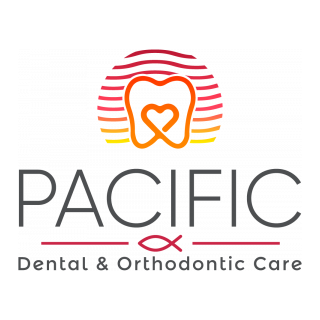Question and answer with Dr. Louise Wong
“When should I take my child for their first visit to an orthodontist?”
The American Association of Orthodontists recommends that kids have their first orthodontic screening when they are seven years old. Some won’t need orthodontic treatment at this age or even in the future. But those who do may get the chance to take care of some problems early – when it may not be possible later on. In other cases, treatment can be deferred.

Pacific Dental and Orthodontic Care
“What’s the difference between a specialist in orthodontics and a general dentist?”
An orthodontist is specialised in diagnosing, preventing and treating improper alignment of the teeth and jaws. Hong Kong has over 2,200 dentists but only three to four percent of those are qualified as specialists in orthodontics. To become an orthodontist requires completion of dental school and a further six more years of training at university.
“Can I wear braces as an adult?”
Absolutely! Our oldest patient is 68 years old. As long as the teeth are healthy, braces can provide adults the same benefits that children receive. However, the treatment time may take longer.
“What types of braces are available?”
Metal braces are fixed to the front of the teeth. These are the traditional “rail-track” type of braces. Ceramic braces are the same as metal brackets, but are tooth-coloured or clear coloured. Lingual braces are fixed to the back of the teeth and less noticeable. Invisible braces are a series of clear, customised, removable appliances that are changed weekly or fortnightly and only removed for eating and brushing.
“I’m considering getting orthodontic treatment; what advice can you offer me?”
• How long you will reside in the country? Orthodontic treatment roughly takes one to three years, depending on the complexity. Moving to different countries will prolong the treatment time, as each orthodontist will have their own methods to move teeth.
• Successful orthodontic treatment is based upon mutual trust and open communication. If you can’t communicate with your orthodontist to let them know what your concerns are, then chances are that you won’t be very happy during (or after) the process.
• Orthodontic treatment doesn’t stop when the braces come off. Teeth shift over time – it’s a natural ageing process, so after braces come off you will be provided with retainers. Retainers should be worn in some capacity for the rest of your life. If you think that wearing a retainer may be an issue, then my advice is to defer having orthodontic treatment.
